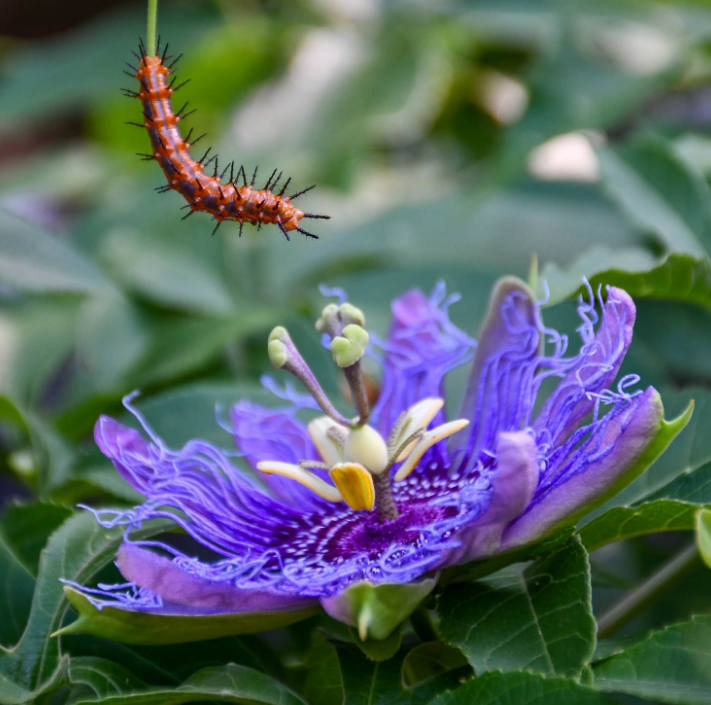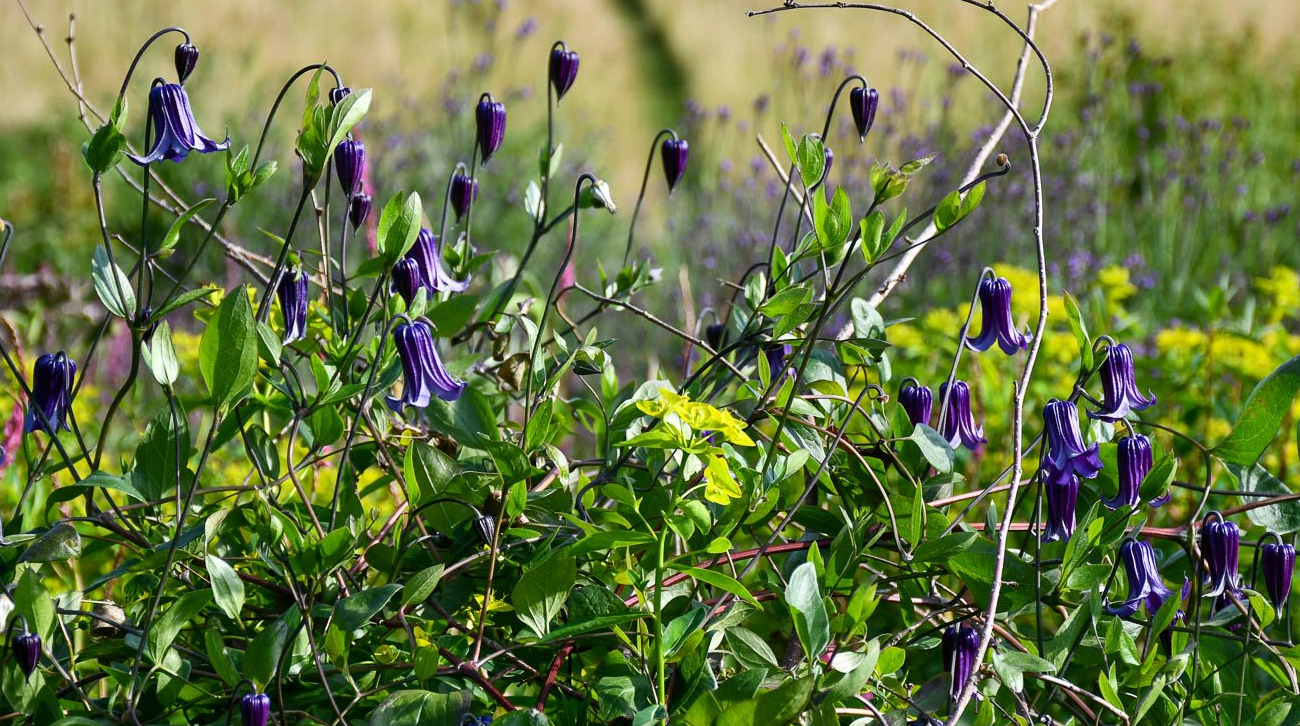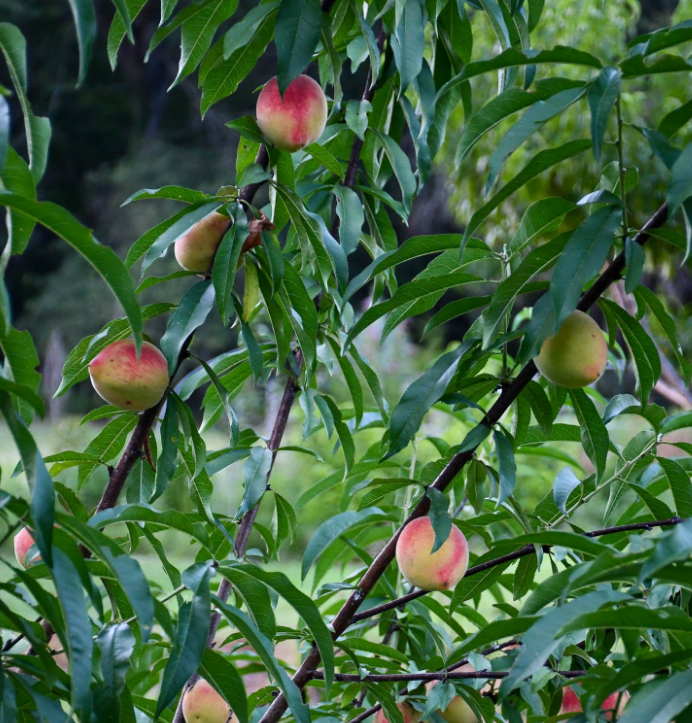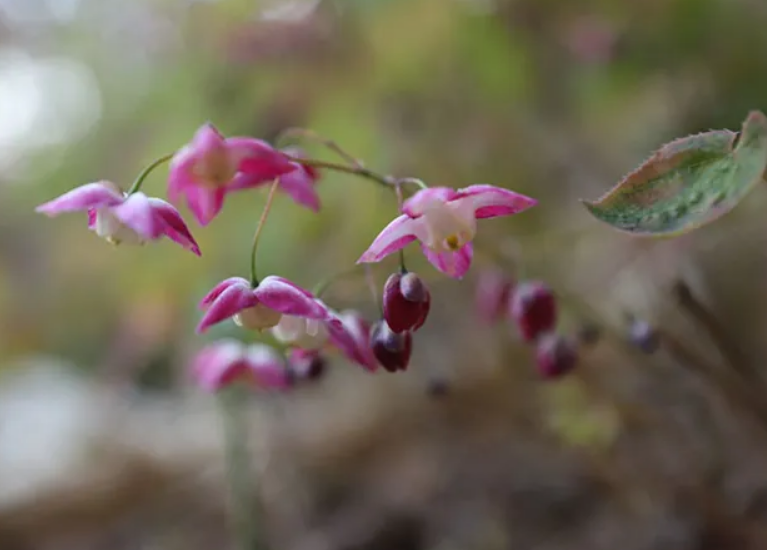Every year I like to build a trellis for the canary vines because of the golden flowers that are as enticing as gold!
The foliage of the canary vine Tropaeolum perigrinum suggests that it is the root of an arid lily, but once it flowers it can surprise even the experts. Tropaeolum perigrinum is a natural vine found in the wild in South America, but most have been bred to be shorter plants, but a few remain – true heirlooms that are worth playing with to add something different to the garden. As you may already know, I have collected many tuberous amaryllis from the Andes and grown them as winter flowering vines in my greenhouse, but there are also some very simple annual amaryllis from veined arums or neglected canary vines that you can still find in good seed catalogues.
Tropaeolum perigrinum is a natural vine found in the wild in South America, but most have been bred to be shorter plants, but a few remain – true heirlooms that are worth playing with to add something different to the garden. As you may already know, I have collected many tuberous amaryllis from the Andes and grown them as winter flowering vines in my greenhouse, but there are also some very simple annual amaryllis from veined arums or neglected canary vines that you can still find in good seed catalogues.
Canary Vine, Canary Bird Vine or Canary Creeper is a really old-fashioned annual that grows vigorously and blooms at the end of the season with pretty, frilly yellow flowers. In case you haven’t noticed, it’s a dry goldenrod.
Canary Vine, also known to some as Canary Creeper or Canary Bird Vine. Easy to grow, with large seeds like the arbutus you already like, but it’s an aggressive grower and probably not the best choice for my containers unless you have larger ones – say 26 -30 inches wide. It doesn’t like dry summers because the summer sun kills the vine in a day, and the leaves will turn yellow almost overnight if allowed to dry out. If planted in a large pot, the vine can be very effective as long as you have something to climb on. I would say it would be better if planted in the ground though. It’s not a tangle and it doesn’t have tendrils, so it’s best to climb over branches or bushes. I once planted a large parrot cage on the deck. We hoped she would come back, but the canary vine grew in a large pot, so I put it in the parrot cage. It completely covered the cage which was about 4ft x 6ft on rollers and became quite a sight.



